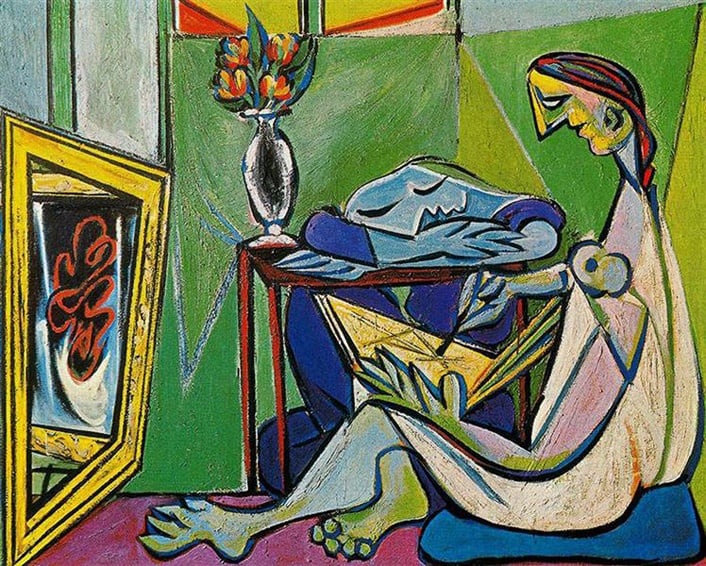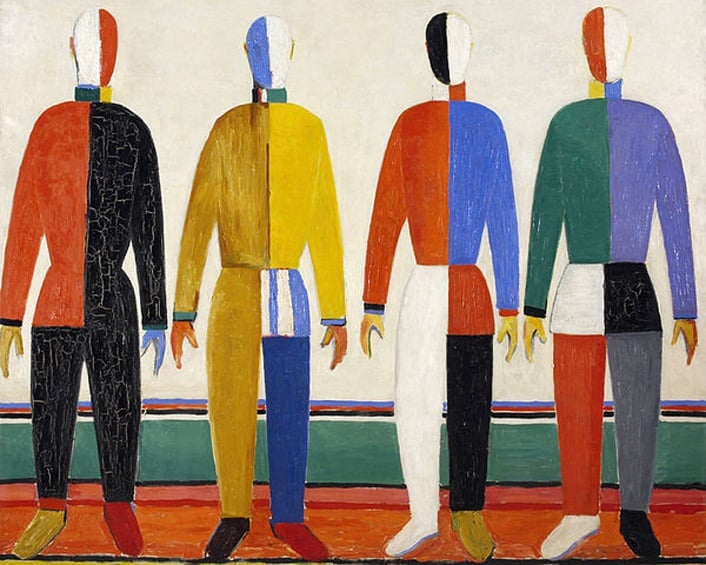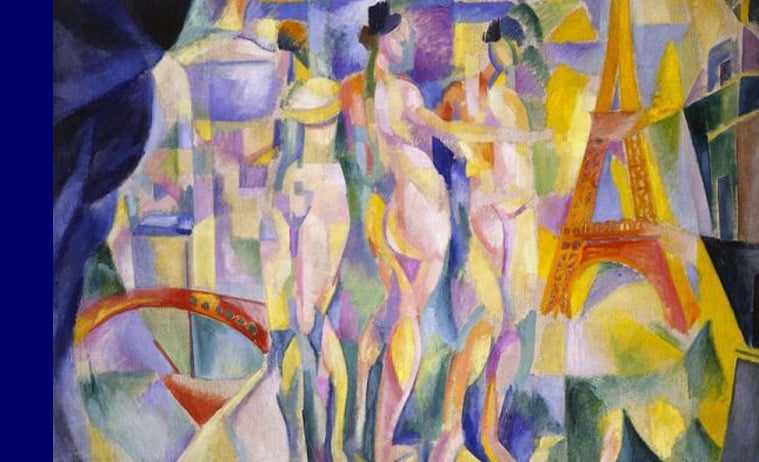Few would dispute Pablo Picasso’s (1881–1973) reputation as one of the pre-eminent artists of the twentieth century. Indeed, the thousands of drawings, paintings, prints, sculptures and ceramics that remain to us are a testament to the sheer scope of his visual imagination and his capacity for artistic innovation – so much so that it seems almost inconceivable that this could be the product of a single individual and a single lifetime.
Visual & Decorative Arts Blog
Art Movements | Suprematism, Constructivism & Purism | Progressing from Cubism
Cubism had initiated the idea of reducing a motif from the external world to its most basic elements, and of presenting a motif in a painting in such a way as to make apparent the canvas’s inevitable flatness. In France – the birthplace of Cubism – Purism was seen as its natural successor. The Cubist style also became familiar to Russian artists via the numerous exhibitions of Western contemporary art in Moscow, from 1912 onwards. Both Henri Matisse (1869–1954) and Pablo Picasso (1881–1973) were patronized by wealthy Russian merchants, who exhibited their works to the public. Inspired by these, Suprematism and Constructivism were born.
Topics: Kasimir Malevich, Constructivism, Cubism, Suprematism, Purism
Cubism was one of the most influential twentieth-century art movements. Cubist works would provide a radical challenge to the painterly conventions for producing an illusion of depth, and they would attack the tradition of ‘high’ art by including within two-dimensional paintings and collages a range of extraneous materials not traditionally associated with high art, such as newspaper clippings, scraps of sheet music and stencilled lettering.






